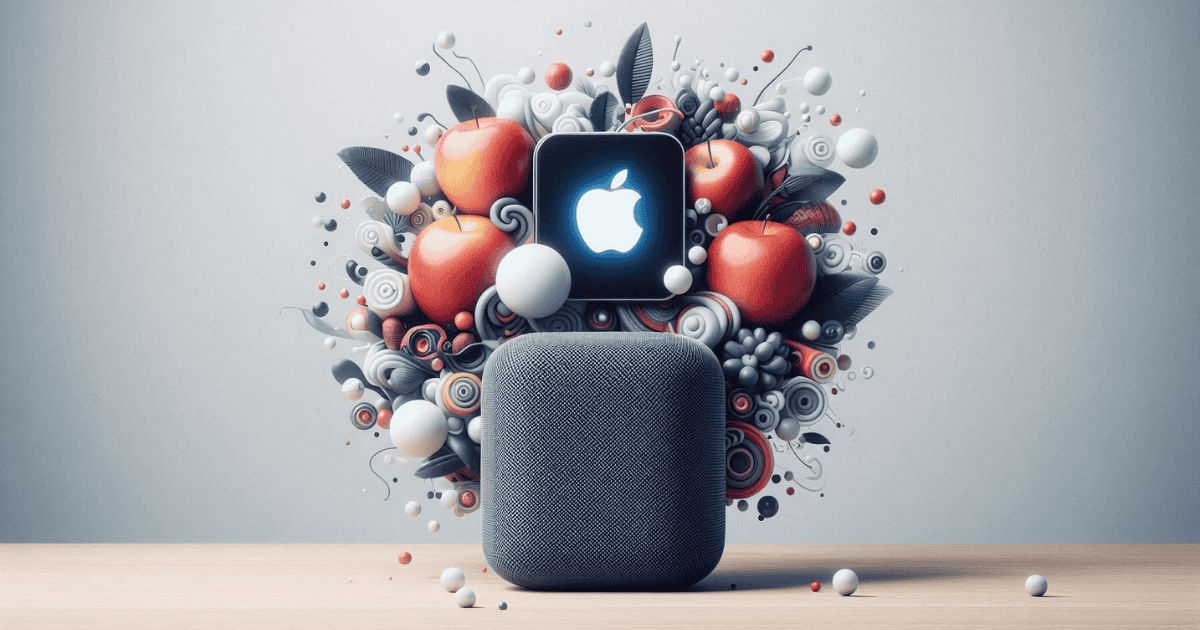Recently discovered code within Apple’s backend systems reveals that the company might be developing a new home accessory. The code, identified by MacRumors, references a device codenamed “HomeAccessory17,1.”
Specific details remain unavailable, but some clues can be made out of the code about the features that could appear on this device. The identifier includes the sequence “17,1,” which could mean the use of Apple’s upcoming A18 chip, which is expected to be featured in the iPhone 16 lineup. This means that Apple is scraping the A17 chipset.
The code also suggests the device might run a variant of tvOS (here is the latest tvOS17.6 developers beta), the same OS currently used by HomePod. This goes hand in hand with prior reports suggesting Apple’s development of “homeOS,” a potential firmware specifically designed for their smart home products.
It’s important to note that this information is based solely on leaked code and has not been officially confirmed by Apple.
There is a possibility that September 2024 could also see the official announcement of this new home accessory, alongside potential updates to the Apple TV line.
In the absence of official confirmation, this leak provides only a glimpse into Apple’s potential plans. However, it suggests the company might be working to expand its smart home offerings, with more details likely to be revealed in the coming months.
